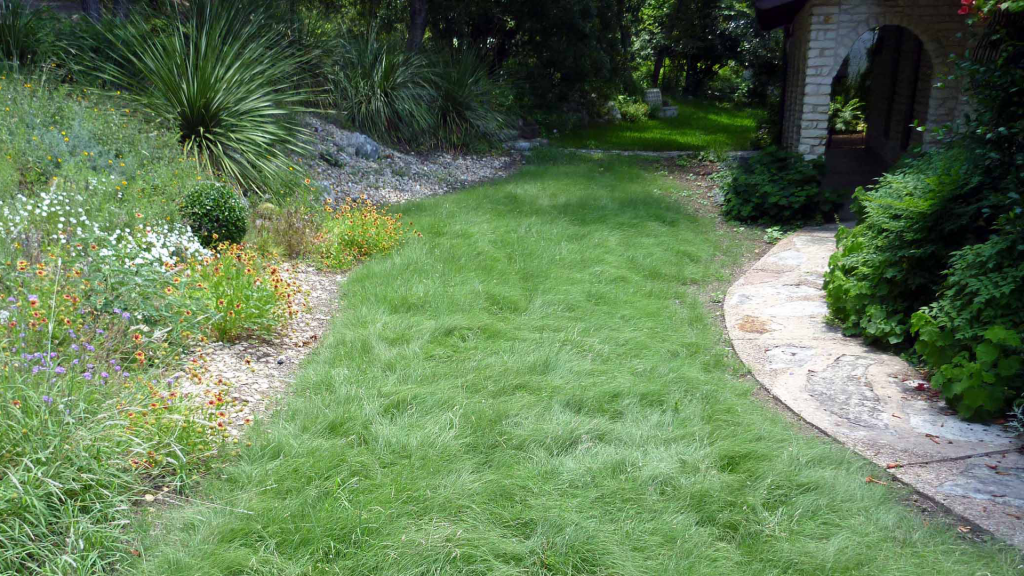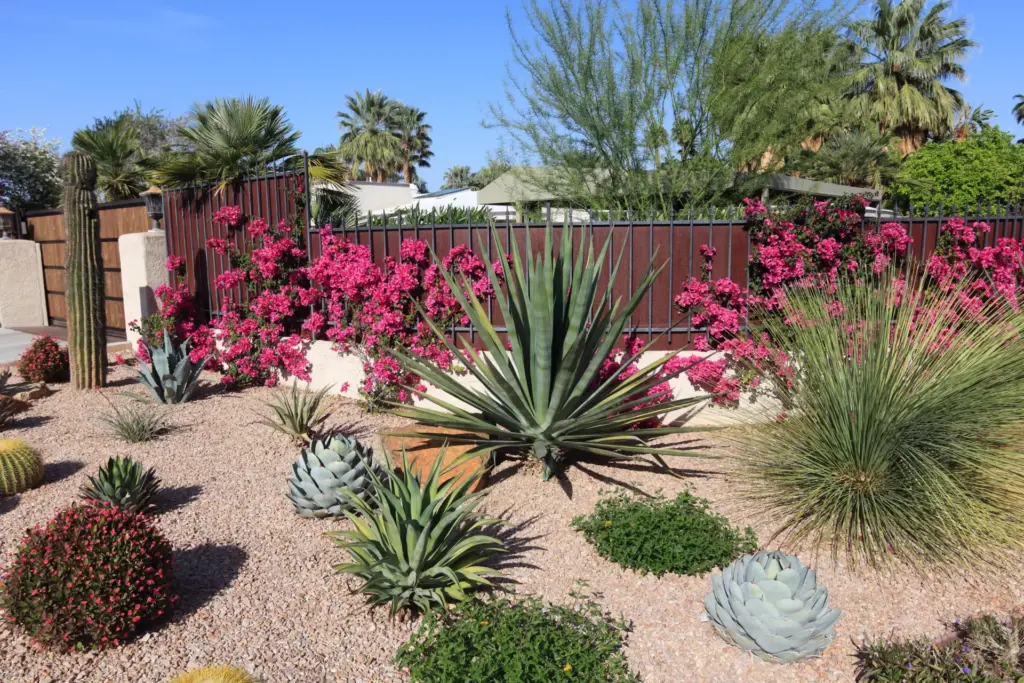Creating a sustainable, low-maintenance yard in Texas doesn’t mean sacrificing beauty or greenery. With long summers, unpredictable rainfall, and water restrictions, many homeowners are turning to native Texas grasses for low-water landscaping. These drought-tolerant grasses are adapted to the local climate and soil, making them ideal for conserving water while maintaining curb appeal.
In this guide, we’ll cover the top 10 native Texas grasses that thrive with minimal irrigation, are resistant to pests and diseases, and contribute to a healthy local ecosystem.


Why Choose Native Texas Grasses?
Native grasses require less water, fertilizer, and upkeep than non-native turf varieties. They support local wildlife, reduce erosion, and lower your utility bills. Plus, once established, they often thrive through even the hottest Texas summers.
Buffalograss is one of the most popular low-water grass options in Texas. Native to the Great Plains, it grows low to the ground and forms a soft, carpet-like texture. It thrives in full sun and needs minimal mowing or irrigation once established.
Water Needs: Very low
Sunlight: Full sun
Ideal Use: Lawns, open yards, large spaces
This clump-forming warm-season grass features attractive seed heads shaped like eyebrows. Blue Grama is perfect for xeriscaping and pairs well with wildflowers.
Water Needs: Low
Sunlight: Full sun
Ideal Use: Naturalistic yards, prairie-style landscapes
Named for its distinctive oat-like seed heads, this grass is both functional and beautiful. It’s the official state grass of Texas and is used in native grass mixes for erosion control and landscaping.
Water Needs: Low
Sunlight: Full to partial sun
Ideal Use: Slopes, meadows, mixed grass gardens
If you’re looking for a native grass that does well in shady areas, Inland Sea Oats is a top choice. It has broad, attractive leaves and unique seed heads that sway gracefully in the wind.
Water Needs: Moderate
Sunlight: Partial shade to full shade
Ideal Use: Woodland edges, under trees, decorative borders
Little Bluestem is a striking, upright bunchgrass with blue-green summer foliage that turns coppery-red in fall. It adds vertical texture and color contrast to any low-water yard.
Water Needs: Low
Sunlight: Full sun
Ideal Use: Flower beds, pollinator gardens, natural lawns
Texas Wintergrass is a cool-season native grass, ideal for providing greenery during winter and early spring. It self-seeds and goes dormant during hot months, conserving water.
Water Needs: Low to moderate
Sunlight: Full sun to part shade
Ideal Use: Multi-season lawns, grazing areas, pasture borders
Curly Mesquite is a low-growing, spreading grass that tolerates poor soils and requires almost no mowing. It works well for lawns in arid regions.
Water Needs: Very low
Sunlight: Full sun
Ideal Use: Lawns, pathways, dry zones
A robust native grass that can handle wetter spots, Eastern Gammagrass is also drought-tolerant once established. Its tall, ornamental form adds structure to landscapes.
Water Needs: Moderate
Sunlight: Full sun to part shade
Ideal Use: Rain gardens, large borders, wildlife habitats
Known for its fine texture and clumping form, Prairie Dropseed adds elegance to native landscaping. It’s very drought-tolerant and emits a light, sweet fragrance.
Water Needs: Low
Sunlight: Full sun
Ideal Use: Rock gardens, edging, dry beds
Switchgrass is a versatile, tall ornamental grass that performs well in various soil types. Its vibrant fall color and upright growth make it perfect for visual interest.
Water Needs: Low to moderate
Sunlight: Full sun
Ideal Use: Focal points, tall borders, erosion control
Tips for Growing Native Texas Grasses
Soil Prep: Native grasses thrive in well-draining soil. Minimal fertilizer is needed.
Watering: Water deeply during establishment, then reduce frequency.
Mowing: Most native grasses require mowing only once or twice a year.
Companion Plants: Pair with native wildflowers for a vibrant, ecological landscape.
Final Thoughts
Choosing native Texas grasses for low-water yards not only saves on irrigation costs but also supports local biodiversity and creates stunning natural beauty with minimal upkeep. Whether you’re designing a full lawn replacement or adding to existing beds, these grasses offer resilience and long-term sustainability.


